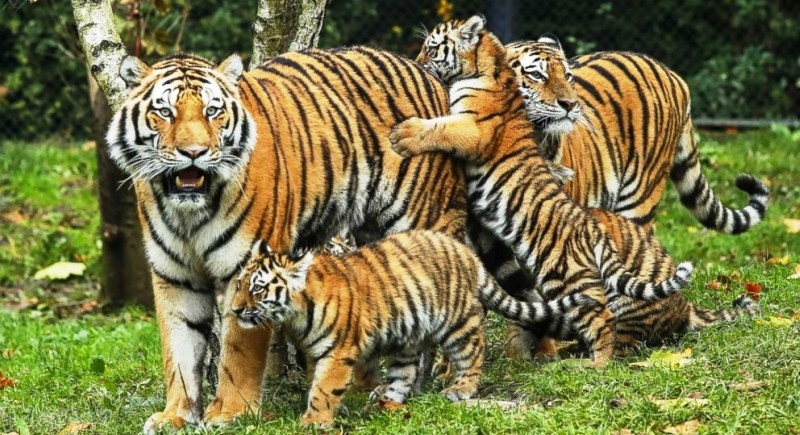Saving Wildlife, Nepal becomes first country in the world to double the tiger’s population
Kathmandu, September 25: Nature has been very generous on mankind with pouring an abundance of beauty in its kitty. But what has the human done in return of this scenic gift? Deforestation? Hunting animals? Destroying the environment by polluting it?

Doing our bit in saving the environment and nature’s beauty of wildlife, Nepal has become the first country in the world to double the tiger’s population. While the number of tigers in many countries is witnessing a decline, a recent survey led by the Government of Nepal has shown that the population of tigers has almost doubled in under a decade in the country.
According to World Wildlife Fund (WWF), an organization dealing with wildlife conservation and endangered species, this news can help Nepal become the first country to double its national tiger population since the ambitious TX2, a goal to double tiger numbers in the wild by 2022, was set in 2010.
The survey was conducted with the help of camera traps in the transboundary Terai Arc Landscape and concluded that there are now an estimated 235 wild tigers in the country, in comparison to an estimated 121 back in 2009.
Leonardo DiCaprio, WWF-US board member and chairman of the Leonardo DiCaprio Foundation, said, "This significant increase in Nepal's tiger population is proof that when we work together, we can save the planet's wildlife - even species facing extinction. Nepal has been a leader in efforts to double tigers within its own borders and serves as a model for conservation for all of Asia and the world. I am proud of my foundation's partnership with WWF to support Nepal and local communities in doubling the population of wild tigers."
Although the number of wild tigers dropped by more than 95 percent since the 20th century, now, for the first time in conservation history, their numbers are on the increase. The success of tiger conservation in Nepal has been largely attributed to the country's commitment for the adoption of innovative tools and approaches towards conserving these big cats.
